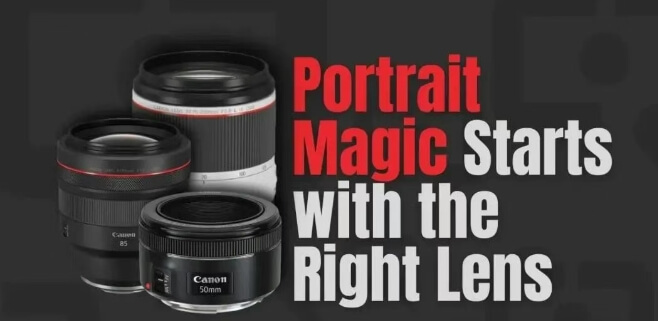
Canon Lenses for Portrait Photography
Canon RF 85mm f/1.2L USM
Canon EF 50mm f/1.8 STM
Canon RF 70-200mm f/2.8L IS USM
Canon EF 135mm f/2L USM
Third-Party Lenses for Portrait Photography
Sigma 85mm f/1.4 DG DN Art
Tamron 70-180mm f/2.8 Di III VXD
Viltrox 85mm f/1.8 STM
Sigma 50mm f/1.4 DG HSM Art
Canon Lenses for Portrait Photography
Canon RF 85mm f/1.2L USM 
Mount: RF (Mirrorless)
Price: High-end
The Canon RF 85mm f/1.2L USM lens delivers stunning background blur, making your subject shine like royalty while other elements soften into a buttery blur. This lens is large, heavy, and comes with a hefty price tag. However, beauty often comes at a cost, and this lens undoubtedly produces creamy, exquisite portrait results.
Advantages:
- Exceptional sharpness and detail rendering.
- Fast and accurate autofocus.
- Stunning bokeh effect from the f/1.2 large aperture.
Disadvantages:
- Expensive.
- Heavy (1.2 kg).
- Not suitable for photographers on a tight budget.
Suitable for:
Professional studio and outdoor portrait photographers using Canon R-series mirrorless cameras.
Canon EF 50mm f/1.8 STM 
Mount: EF (DSLR)
Price: Budget-friendly
The 50mm lens is It can be regarded as an excellent starter choice for every beginner, offering affordability and solid performance. It’s sharp, lightweight, and won’t break the bank—you could even buy a coffee afterward and still afford it. While the bokeh isn’t overly dramatic, your portraits will still stand out. It’s truly a "budget king" that delivers exceptional value.
Advantages:
- Affordable and lightweight.
- f/1.8 large aperture performs well in low light.
- Versatile focal length.
Disadvantages:
- Plastic construction.
- May produce noise during autofocus.
Suitable for:
Beginner portrait photographers using Canon DSLRs like the EOS 90D or Rebel series.
Canon RF 70-200mm f/2.8L IS USM 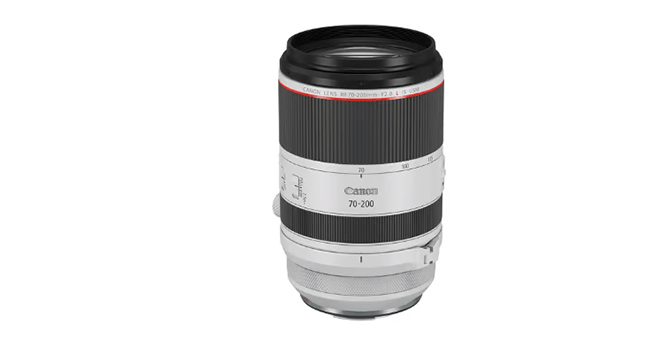
Mount: RF (Mirrorless)
Price: Premium
The Canon RF 70-200mm f/2.8L IS USM lens is your go-to tool when you want flexible composition without compromising on quality. It offers zoom, image stabilization, and beautifully compresses facial features. It’s quite large and requires some arm strength to handle, but for wedding photographers and bokeh enthusiasts, it’s more than worth it.
Advantages:
- Versatile zoom range, ideal for close-ups and full-body portraits.
- Optical Image Stabilization (IS) for handheld shooting.
- Weather-sealed design, suitable for outdoor use.
Disadvantages:
- Bulky and heavy.
- Expensive.
Suitable for:
Event and wedding photographers using Canon R-series mirrorless camera bodies.
Canon EF 135mm f/2L USM 
Mount: EF (DSLR)
Price: Mid-range
The Canon EF 135mm f/2L USM is built to create flattering portraits. It compresses facial features like a professional contouring kit, delivering sharp portraits with backgrounds that seem to melt away. Just make sure you have enough space when shooting indoors.
Advantages:
- Excellent subject separation and creamy bokeh.
- f/2 aperture performs well in low light.
- Sharp images with minimal chromatic aberration.
Disadvantages:
- No image stabilization.
- Requires distance for full-body shots.
Suitable for:
Photographers shooting outdoor portraits and creative headshots with Canon full-frame DSLRs.
Third-Party Lenses for Portrait Photography
Sigma 85mm f/1.4 DG DN Art 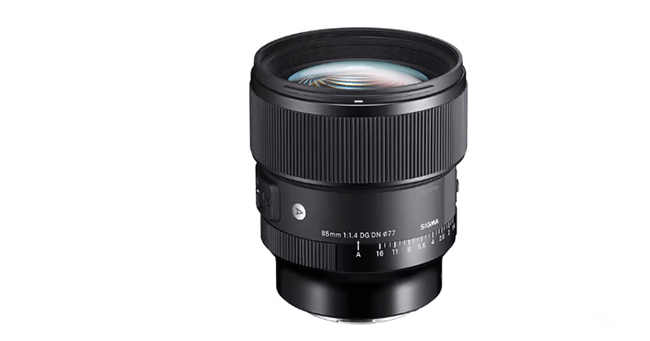
Mount: Sony E, L-mount
Sigma has crafted a lens that’s sharp, smooth, and won’t empty your wallet. With excellent autofocus, dreamy bokeh, and a sleek design, it’s a top choice for photographers seeking high quality without paying Canon’s premium prices.
Advantages:
- Exceptional sharpness and beautiful bokeh.
- Fast and quiet autofocus.
- Excellent build quality.
Disadvantages:
- Large and heavy.
- Relatively high price.
Suitable for:
Professional portrait photographers using Sony Alpha or L-mount cameras.
Tamron 70-180mm f/2.8 Di III VXD 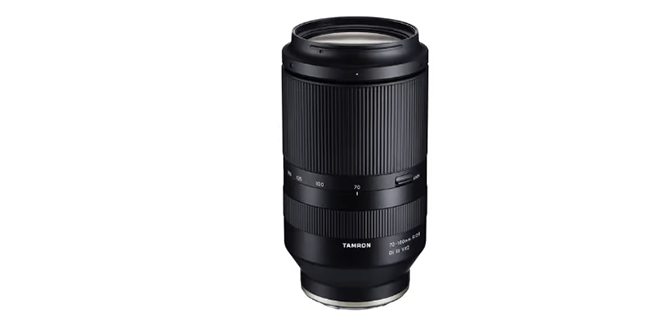
Mount: Sony E
Price: Mid-range
Tamron said, "Let’s make a telephoto lens that won’t leave you with back pain." And they delivered. This lens is lightweight, fast, and sharp—like a cool substitute teacher for portrait lenses: it gets the job done brilliantly and keeps you smiling. You can shoot zoom portraits without needing a chiropractor.
Advantages:
- Lightweight and compact for a telephoto lens.
- Constant f/2.8 aperture.
- More affordable than Sony’s equivalent.
Disadvantages:
- No built-in stabilization.
- Autofocus may struggle slightly in low light.
Suitable for:
Travel and event photographers using Sony mirrorless cameras.
Viltrox 85mm f/1.8 STM 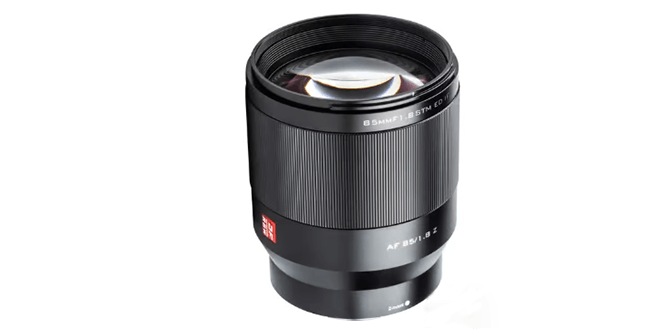
Mount: Sony E, Nikon Z, Fujifilm X
Price: Budget-friendly
A champion among underdogs. Viltrox quietly released a lens with incredible value for money. Its smooth bokeh, decent autofocus, and sufficient sharpness will make your friends ask, "Did you get a new camera?" No—just a wallet-friendly lens with star power.
Advantages:
- Affordable alternative to native lenses.
- Good image quality for the price.
- Lightweight and portable.
Disadvantages:
- Build quality may feel slightly inferior.
- Autofocus can be inconsistent.
Suitable for:
Hobbyists and beginner photographers using mirrorless cameras.
Sigma 50mm f/1.4 DG HSM Art 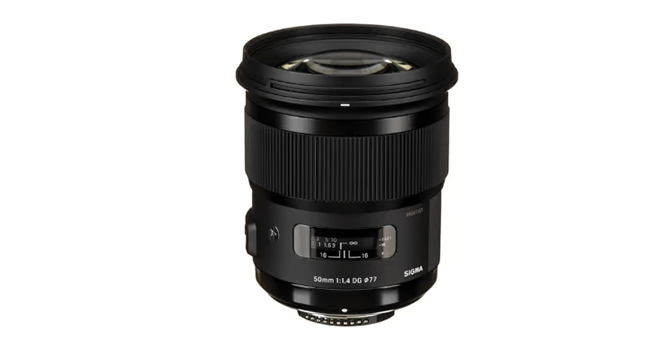
Mount: Canon EF, Nikon F, Sony E, L-mount
Price: Mid-range
A standout performer in the 50mm prime lens category. It’s Stunningly sharp (stunningly sharp) with beautiful rendering, exceptional low-light performance, and enough weight to double as a self-defense tool. The portraits it captures are crisp yet creamy—just don’t let your shoulder bear its weight all day.
Advantages:
- Excellent image sharpness.
- Fast and accurate autofocus.
- Durable build quality.
Disadvantages:
- Heavy for a 50mm lens.
- May exhibit some chromatic aberration in high-contrast scenes.
Suitable for:
Portrait and wedding photographers using both DSLR and mirrorless systems.
Choosing a portrait lens? Well, it's like picking your favorite pizza toppings—it all comes down to your taste, budget, and creative aspirations.
For Canon mirrorless camera users, if you have a generous budget and crave that creamy bokeh effect, the RF 85mm f/1.2L USM is undoubtedly a dream choice. It can make your subjects look as if they're in a fantasy world. If you want a more versatile lens, the RF 70-200mm f/2.8L IS USM will be your reliable assistant, whether you're shooting portraits, events, or just don't feel like moving your feet.
If you're still using a Canon DSLR camera, that's perfectly fine—these cameras still perform excellently. If you're just starting your photography journey or have a limited budget, the EF 50mm f/1.8 STM is an excellent entry-level option. It's affordable, highly sharp, and basically the go-to starter lens for portraits. If you want to take it up a notch, the EF 135mm f/2L USM is the one for you. You might wonder, "Why isn't this lens more popular?"
For Sony camera users, you have just as many great options. The Sigma 85mm f/1.4 DG DN Art lens is... simply a chef's kiss of perfection. And the Tamron 70-180mm f/2.8 Di III VXD is super versatile, ultra-lightweight, and easier to carry on your shoulder (and on your wallet) than Sony's native 70-200 lens.
If you're on a tight budget, the Viltrox 85mm f/1.8 STM is a hidden gem. It's like finding a designer jacket in a thrift store—such a great deal. It's sturdy, delivers excellent image quality, and won't make your credit card cry.
Ultimately, the "best" lens is the one that helps you tell your story in your unique way—whether it's through creamy close-ups or sharp street-style shots. Don't overthink your gear choices. Just keep shooting, keep learning, and enjoy the process!
Related Tags: Photography experience Lenses for portrait photography
